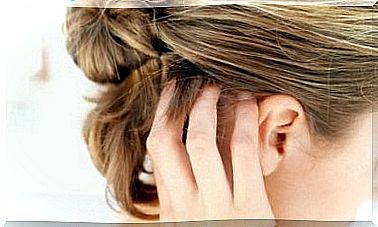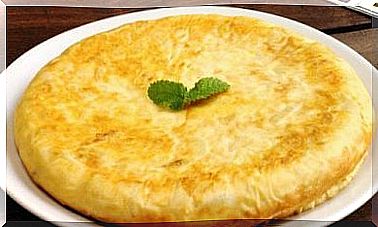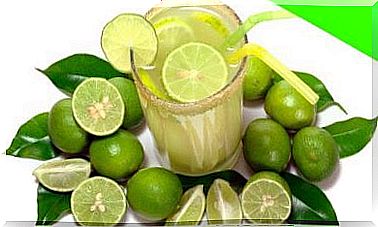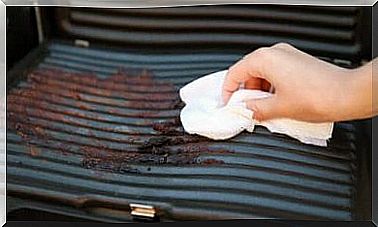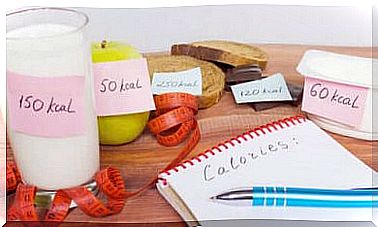What To Eat And Not Eat During Menstruation?

During menstruation, women are more stressed due to hormonal changes and their interference with the mood.
Reducing the level of stress, consuming the right foods and avoiding the inappropriate ones is essential, as all of this interferes with a woman’s state of mind during menstruation. In this article, you will find tips on what to eat and not eat during this period.
Recommended products during menstruation
beans
The high fiber content of beans and peas reduces the symptoms of colic, producing bulkier stools with a higher water content. This rids the body of excess fluid and also normalizes digestion, reducing constipation and diarrhea.
Vegetables are also a good source of B vitamins, which prevent cramps and menstrual fatigue. Although beans can create an excess of gas, this can be minimized by consuming small amounts, which we will increase little by little, when the body is more used to it.
vegetables
Green vegetables are rich in calcium, magnesium and potassium, which relieve and prevent the spasms that lead to colic. These minerals can calm and relax emotions, reducing irritation. Green vegetables also contain a good amount of vitamin K, which is needed to clot the blood and prevent excessive bleeding.
Omega 3 fatty acids
A group of hormone-like substances called prostaglandins are involved in muscle contractions and menstrual pain.
One way to reduce the effect of prostaglandin is through the consumption of omega 3 fatty acids, which are found in salmon, walnuts and flaxseeds. A 1995 study in the European Journal of Clinical Nutrition showed that women whose diets are balanced in terms of omega 3 tend to have milder menstrual symptoms.
Consume pineapple during menstruation
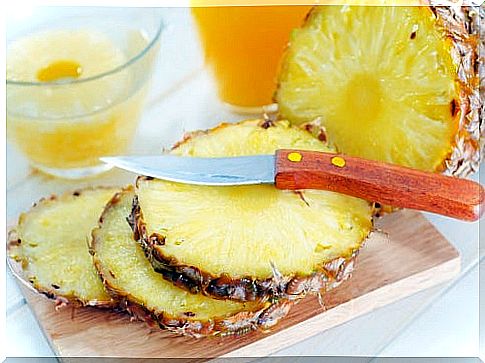
A report from the Department of Human Nutrition Center in Grand Forks, North Dakota, USA, showed that young women consuming small amounts of manganese had an increase in menstrual flow of up to 50%, which led to the recommendation that women with menstrual pain add manganese to food.
Fruits are rich in manganese, but one of the richest food sources in this nutrient is pineapple. In addition, this fruit contains high levels of bromelain, an enzyme that can help to relax muscles and therefore prevent menstrual cramps.
The tea
Tea is another source of manganese, although women should avoid the caffeine version, which can actually lead to greater menstrual discomfort. Ginger tea can be helpful in relieving nausea and bloating. Chamomile tea, on the other hand, contains properties that relieve muscle spasms and reduce tension that can lead to anxiety and irritability.
Water
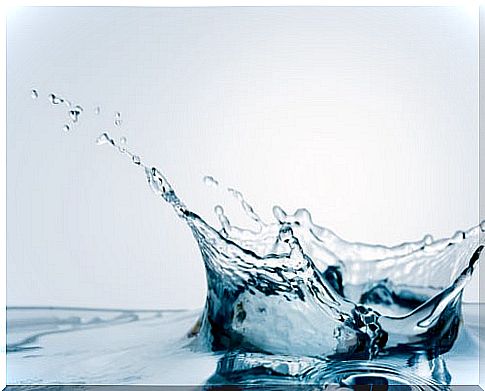
Excessive fluid retention is one of the main causes of symptoms such as colic, which is characterized by acute pain. One of the best ways to help reduce fluid retention, however contradictory it may seem, is to increase your water consumption. If a woman does not drink enough water, her body can make up for this deficiency by retaining additional fluid.
Whole grains
A study by British doctors showed that consuming small amounts of carbohydrates every three hours and at bedtime combated symptoms of premenstrual tension in 70% of women.
In addition, whole grains are an excellent source of magnesium, which reduces neuromuscular tension. They also contain B-complex vitamins and vitamin E to combat fatigue and depression.
the yogurt

Yogurt contains live and active bacterial cultures that promote healthy digestion. It’s also a good source of calcium. The ideal is to consume twice as much calcium as women consume daily, ie 1300 mg instead of 600 mg seems to alleviate menstrual discomfort.
However, because meat and dairy products contain arachidonic acid, which increases the production of colic-causing prostaglandins, women can opt for non-dairy sources of calcium such as broccoli, kale, salmon and foods fortified with calcium, like juices and cereals.
Foods to avoid during menstruation
Caffeine
Avoid caffeine and products such as chocolate, sodas, teas and coffee during your menstrual cycle. Caffeine narrows blood vessels and dehydrates the body, which can lead to headaches and increase nervousness during this time.
processed foods
Reducing sodium intake decreases fluid retention and swelling. Ideally, avoid canned and processed foods, such as sausage meats and products with cheese, soy sauce, etc., and any food that contains 200 mg or more of sodium per serving.
fried food

High-fat foods such as meat, whole dairy products, fried foods and oils increase estrogen levels. Any type of fat boosts estrogen levels, regardless of whether it’s an animal or vegetable fat. Keeping estrogen levels stable means that changes in the uterus will not be as drastic, which will reduce cramping and pain.
The sugar
Refined sugars can raise and block blood sugar, making us moody. Avoid eating too much sugar. Limit the consumption of cakes, sweets, cereals for breakfast and white flour; products that the body quickly converts to sugar.
You can eat small meals frequently throughout the day instead of three large meals. That way you’ll keep your glucose levels stable.

